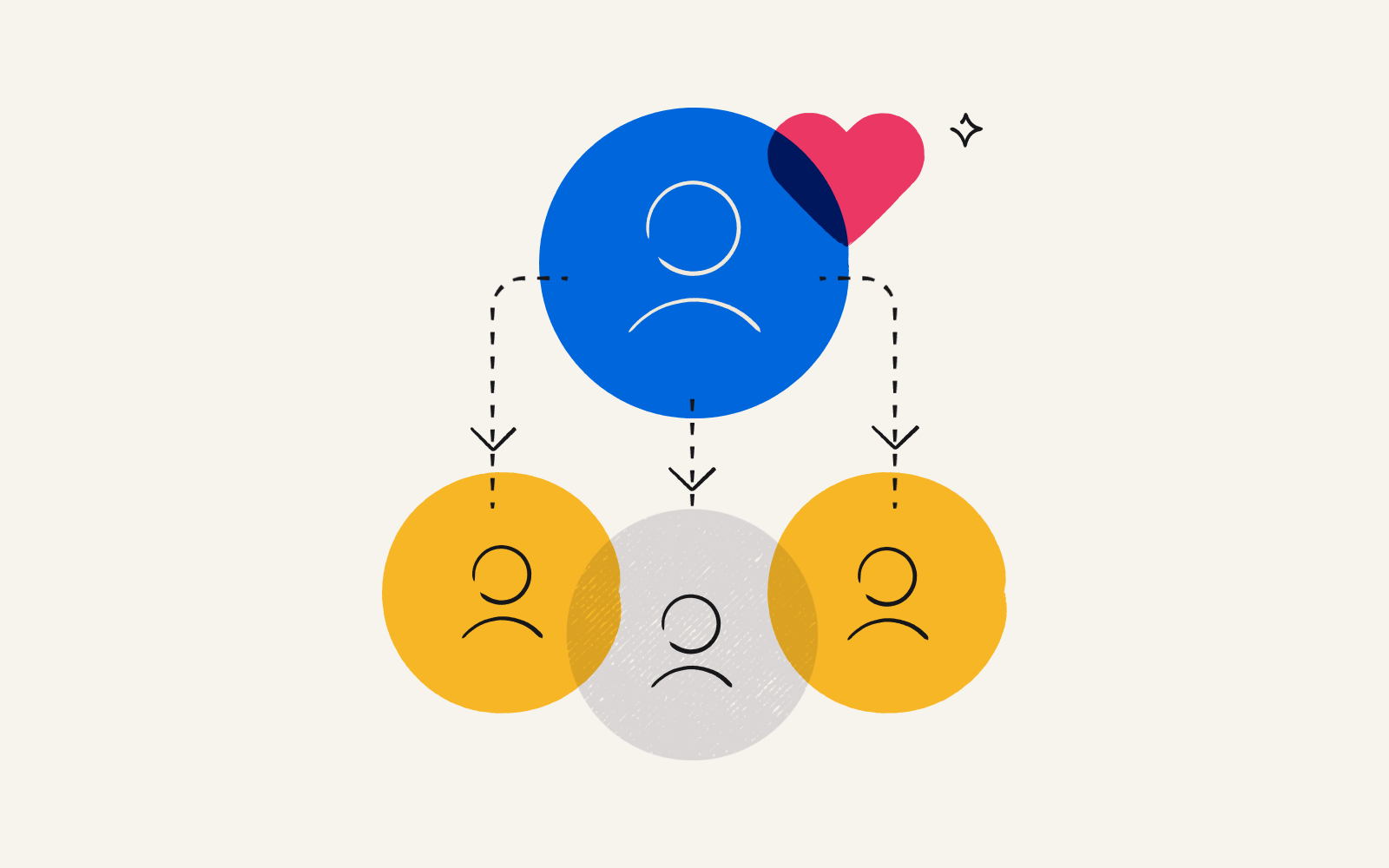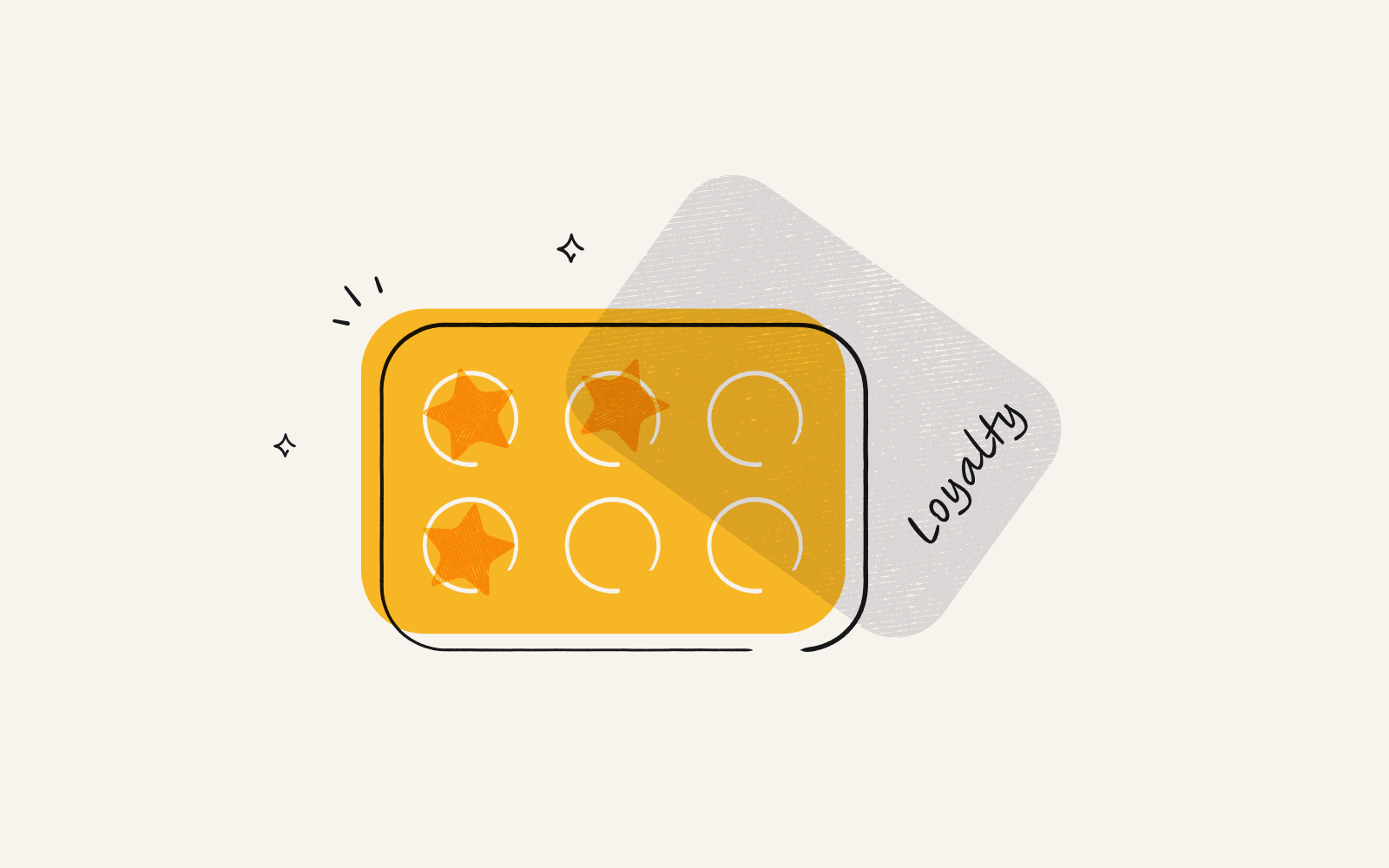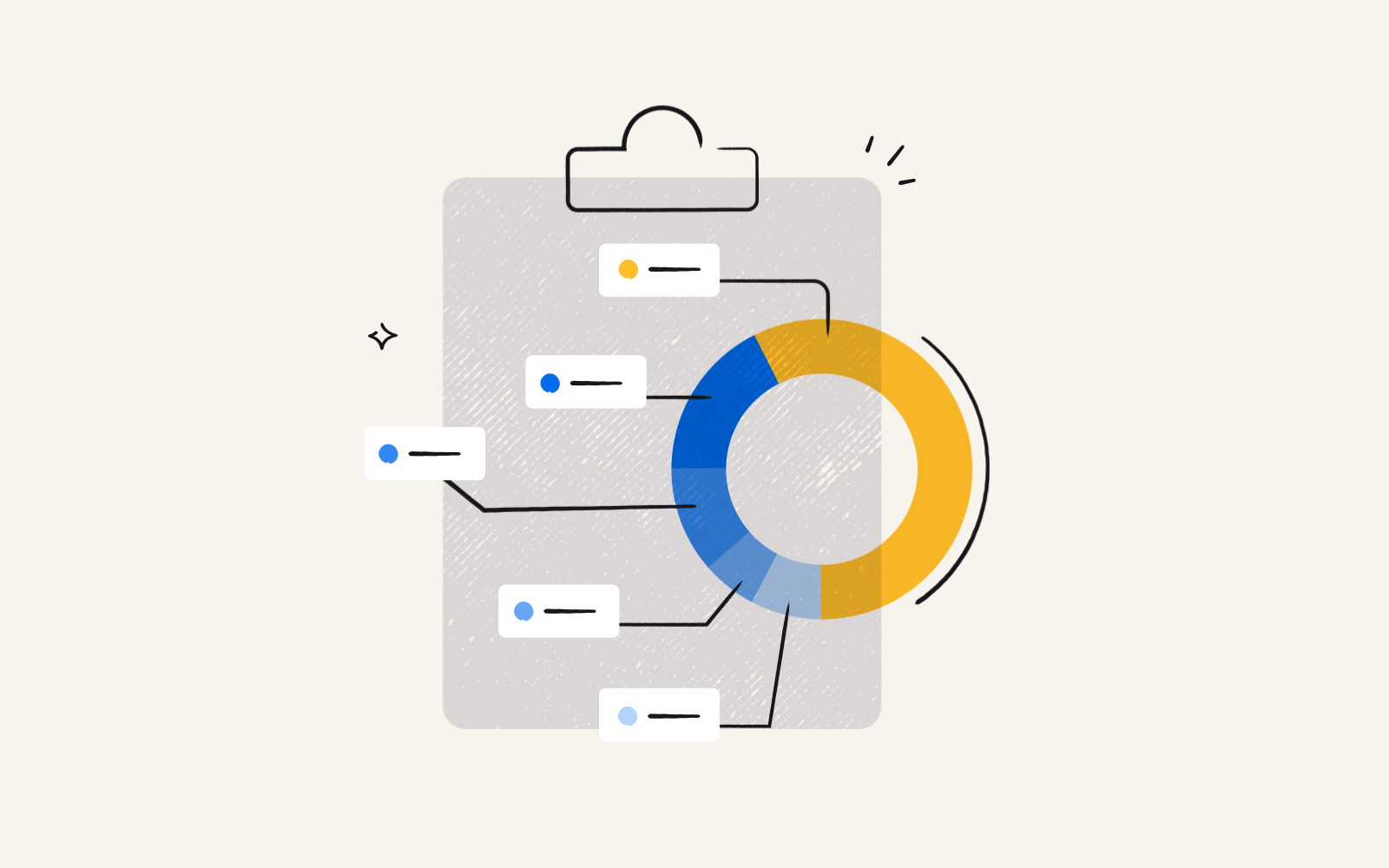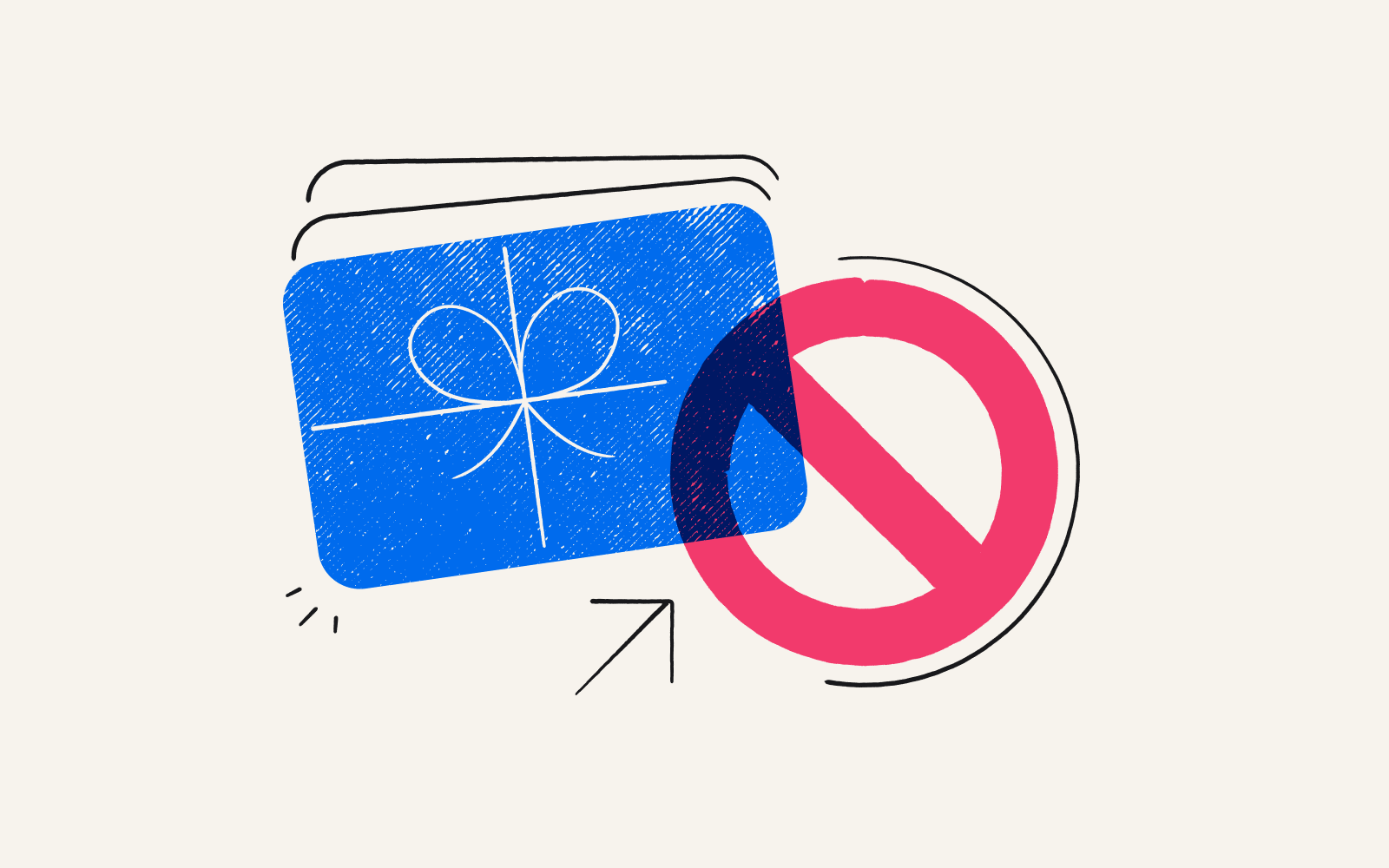10 examples of successful referral programs
By Megan Johnson|5 min read|Updated Apr 18, 2024

People are 90% more likely to buy from brands based on recommendations from their friends vs. advertisements.
That’s why referral programs deliver such a high ROI. Whether you’re selling colorful shoes or cloud storage, referred customers make more repeat purchases than their non-referred counterparts and stick with brands longer.
Referred customers have a 16% higher customer lifetime value (LTV) compared to customers acquired through other means. They’re also more loyal in the long-term, with a 37% higher customer retention rate than non-referred customers.
But not all referral programs are created equal. A handful of companies are lightyears ahead of the competition when it comes to building referral programs that perform.
It’s always advisable to learn from the best. Below, we take a look at 10 companies that have perfected the referral program model.
What is a referral program?
Referral programs encourage customers to recommend a brand they trust to friends and family.
In exchange for bringing in new business, the person who shared the referral generally receives a bonus, ranging from gift cards and free products to bonus cash or service upgrades.
In some situations, which are known as double-sided referral programs, both parties receive a benefit. The quick and easy growth method is an essential part of maintaining brand loyalty and increasing customer LTV.
10 examples of successful referral programs
Let’s take a look at 10 companies across industries that have nailed the referral program formula, including one company that drove 3,900% growth.
Robinhood
How their referral program works:
Robinhood’s referral program allows customers to invite a friend to join. When that friend signs up, gets approved, and links their bank or debit card, both parties receive gift stock from a list of Robinhood’s top-traded companies.
Worth a specific dollar amount, the cash value can be put toward fractional shares of the companies offered. However, the gift stock has to be used within 60 days or it expires.
Why it’s successful:
Robinhood demystifies the process, presenting investing as welcoming to all, instead of just finance professionals on the stock exchange floor.
But there’s also beauty in the simplicity of their program, which consists of a shareable link passed easily between friends.
The program was a clear success from the get-go, bringing in a whopping 1 million users before launching by starting a referral waitlist that allowed people to boost their spot on the list by referring more and more friends, Business Insider reported. The more friends you referred, the sooner you were accepted into the program.
Dropbox
How their referral program works:
Dropbox customers can use a custom invite link to refer a friend to the cloud storage company. When the referred customer creates a new account, both parties get extra storage. The friend who signs up through the referral earns 500 MB of additional free storage.
Why it’s successful:
Dropbox is known for its wildly successful referral program, and greatly relied on word of mouth in its early years. Incredibly easy for customers to use, that viral nature paid off as they scaled the business: the company grew by 3900% thanks to their program, according to a presentation from CEO Drew Huston.
PayPal
How their referral program works:
When a PayPal member successfully refers a friend to join, both parties earn $10, or 1000 points. Users can earn up to $100 (or 10,000 points) by inviting as many as 10 friends. However, the friend has to spend or send $5 within 30 days of when they signed up.
Why it’s successful:
PayPal’s referral program has changed a bit over the years. While it’s been said that PayPal initially spent $60 to 70 million on referral rewards with no revenue, that spending paid off. The viral nature was modeled “just like bacteria growth in a Petri dish,” co-founder Elon Musk said in an interview. It also inspired others: Dropbox’s CEO Drew Huston shared that his company’s referral program was inspired by PayPal’s $5 signup bonus.
Bobbie
How their referral program works:
The organic baby formula company allows users to invite a fellow parent to subscribe using a referral link. If they successfully sign up, both parties get a $28 canister of the product for free.
Why it’s successful:
If there’s one area where people are willing to spend, it’s one that involves their children. By providing a free can of Bobbie, which promotes quality ingredients parents feel comfortable feeding their kids, for each referral, the company understands they’re locking in customers for several years. Simply put, footing the bill for that initial free product is worth it in the end.
Uber
How their referral program works:
There are multiple iterations of Uber’s referral program, which has changed. Users share their custom referral code with a friend interested in creating a rider account, which provides them with a free first ride. Soon, a reward will appear in the referrer’s “Miscellaneous or Other Payments” section. As for referrals to the driving program, new drivers can sign up using the invite code, complete a number of trips, and the person who referred them receives a reward.
Why it’s successful:
An example of a dual-sided referral program, Uber understands how competitive the rideshare industry is and wisely wants to lock in return customers and employees. As a result, they reward both parties for trusting the brand.
Airbnb
How their referral program works:
Airbnb’s Host Referral Plan allows existing hosts to refer as many as 25 first-time hosts who successfully complete bookings. The financial reward the existing host receives isn’t public, but it is specified on each host’s Referrals send page.
Why it’s successful:
Airbnb is well aware that without hosts, they have no product. By providing a financial incentive for existing hosts to encourage their friends to join the program, they’re cashing in on the power of word-of-mouth to get hesitant first-time Airbnb hosts to take the plunge.
Quip
How their referral program works:
Quip allows users to share a $5 credit with friends. Every time a friend uses the referral link, the user earns a $5 credit.
Why it’s successful:
Subscription-based services like Quip rely on return customers. By providing rewards to existing customers for recruiting new ones, they’re maintaining a solid customer base. That word of mouth is exceptional (and cheap) compared to traditional advertising. According to McKinsey, word of mouth is the primary factor behind 20 to 50 percent of all purchasing decisions.
Rothy’s
How their referral program works:
Rothy’s referral program allows you to give a friend a $20 discount off their first purchase of $50 or more. Every time that is redeemed, both parties receive $20. However, it is exclusive to the United States.
Why it’s successful:
While Rothy’s referral program has changed over the years, the colorful shoe company has a cult following, which means customers are eager to collect diverse colors and styles. As a result, they become incredibly loyal to the brand, and are eager to share their referral links to save on their purchases.
Google Workspace
How their referral program works:
Google Workspace’s Referral Program allows users to share their referral link and promotional codes with as many as 200 friends per year. In exchange for a referral, you receive a cash reward. The reward depends on which plan new customers choose. For the Business Starter plan, it’s $8 per user. For Business Standard, it’s $15 per user. For Business Plus, $23.
Why it’s successful:
Financial incentives win out every time, especially when they allow for multiple new subscribers. Google Workspace is very open about their referral program’s success, and regularly publishes case studies on the topic. A company called ManagedAdmin shared that they pulled in an extra $10,000 per month from Google Workspace and associated add-ons and services.
Casper
How their referral program works:
If you refer a friend to Casper, they receive 25% off their purchase, and you receive a $75 Amazon gift card.
Why it’s successful:
The team at Casper is well-aware that studies show referred customers generate higher margins than other customers, and that’s what makes the mattress company’s program successful. As we previously shared, they generated 7x higher returns than their average marketing investment. How’d they manage it? 25% off is a hefty discount for the referred party, and a $75 Amazon card that can be spent on almost anything is a flexible reward.
Rakuten
How their referral program works:
Rakuten's Refer-a-Friend Program provides users with a referral link they can send to friends. When they join and spend $30 within 90 days, you both get a $30 bonus.
Why it’s successful:
75% of consumers make decisions or overcome concerns about brands based on conversations with peers, according to Edelman. Like other referral programs, Rakuten relies on existing customers sharing their satisfaction with their friends and family. The double-sided incentive is also a boost to the company’s success rate.
Key takeaways
Referral programs are an essential component of scaling your business. Here are a few things top referral programs have in common:
They make it easy to refer friends. Typically, they allow referred friends to sign up instantly with a shareable link. Lowering friction is key: the fewer steps in the way of customers and their reward, the better.
They offer flexible rewards, whether that's cash or Amazon gift cards. It's no coincidence that over half of our list comprises companies that give customers a cash bonus or a gift card that can buy just about anything. Of all reward types, what people want most is money.
There's a low barrier to entry. Existing customers don't have to convince their friends to spend exorbitant amounts of money to get the reward. In some cases, like with PayPal and Robinhood, new customers don't have to spend a cent. They simply have to enter in some information or create an account.
Referral marketing increases retention and grows your audience. Eventually, customers feel they have organically built a relationship with your brand.
If you want to give customers what they really want (money), use Tremendous to send referral rewards. We offer over 2,000+ redemption options, including Visa prepaid cards, Amazon gift cards, direct deposit, and PayPal. Plus, Tremendous is totally free to use. Send your first reward in minutes and sign up now, or take a demo with us to see how simple it is to send.
Published April 18, 2024
Updated April 19, 2024


